Home>Articles>Why Is My Ice Cream Not Freezing In My Ice Cream Maker
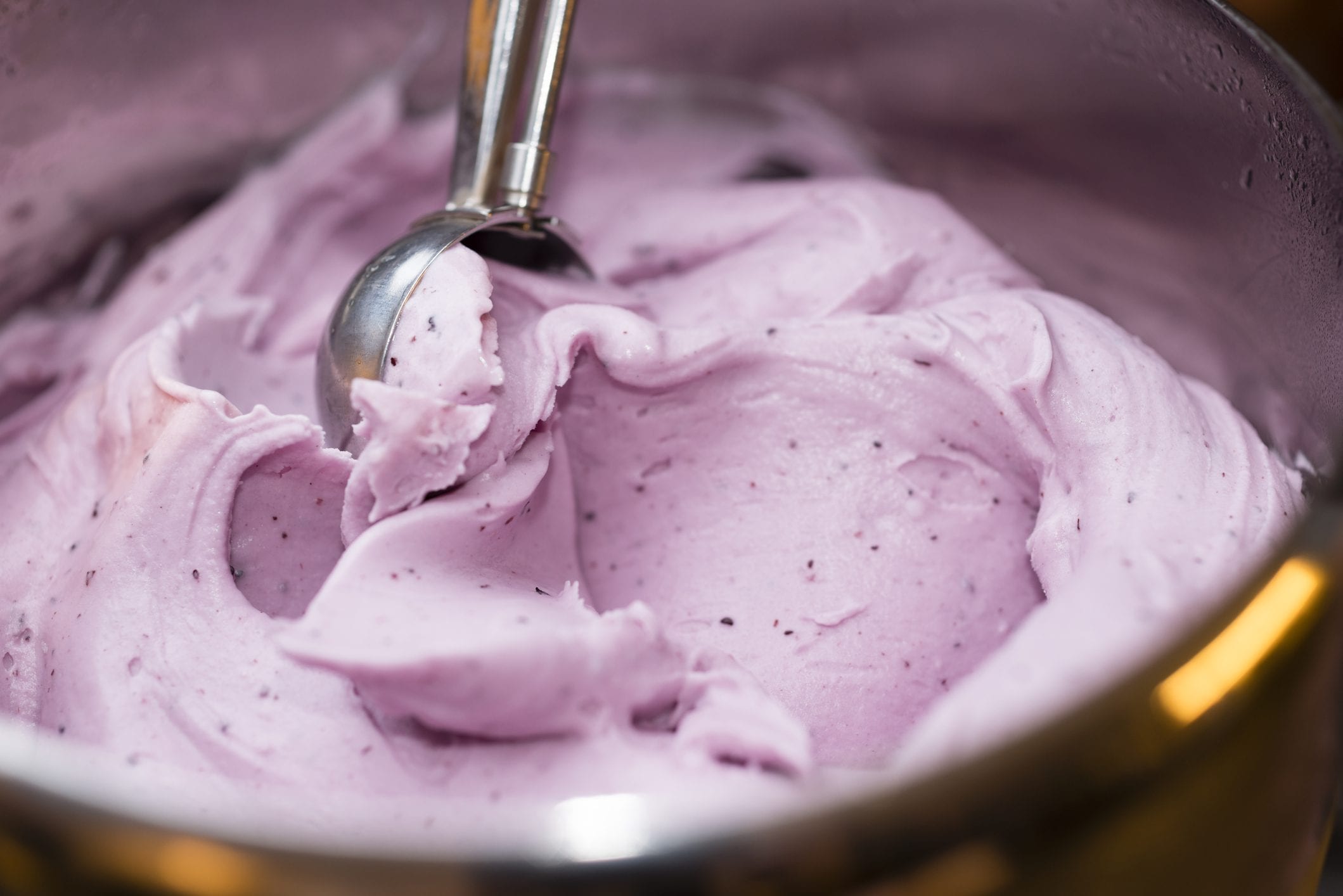

Articles
Why Is My Ice Cream Not Freezing In My Ice Cream Maker
Modified: February 27, 2024
Discover the reasons why your homemade ice cream is not freezing in your ice cream maker. Read our informative articles to troubleshoot and find solutions.
(Many of the links in this article redirect to a specific reviewed product. Your purchase of these products through affiliate links helps to generate commission for Storables.com, at no extra cost. Learn more)
Introduction
Ice cream is a delightful treat enjoyed by people all over the world. There’s nothing quite like the satisfaction of making your own homemade ice cream, only to find that it hasn’t quite frozen properly in your ice cream maker. It can be frustrating and disappointing to eagerly anticipate a creamy, frozen dessert only to be met with a soupy or icy consistency. But fear not! In this article, we will explore the common reasons why your ice cream may not be freezing in your ice cream maker, and provide troubleshooting tips to help you achieve that perfect scoopable texture.
To understand why your ice cream isn’t freezing, it’s important to have a basic understanding of the science behind the freezing process. When ice cream is churned in the machine, the mixture is exposed to extremely cold temperatures, causing the water to freeze and form ice crystals. The churning action helps incorporate air into the ice cream, creating a light and fluffy texture. This process is essential for achieving the desired consistency of ice cream.
However, there are several factors that can interfere with the freezing process and prevent your ice cream from reaching its desired frozen state. One common reason is insufficient pre-cooling. It’s crucial to properly pre-cool your ice cream maker before adding the ice cream mixture. This ensures that the machine is at a low enough temperature to freeze the mixture effectively.
Another factor that can affect freezing is the incorrect ratio of ingredients. Ice cream is made up of a combination of dairy, sugar, and flavorings. If the ratios are not properly balanced, it can impact the freezing process. For example, excessive sugar can lower the freezing point of the mixture, resulting in a softer texture. On the other hand, inadequate sugar can lead to an icy consistency.
Faulty ice cream maker parts can also contribute to the problem. Over time, the freezer bowl or the motor of your machine may wear out, resulting in insufficient freezing capabilities. It’s important to regularly check and maintain these parts to ensure they are functioning optimally.
Lastly, overload or overrun can affect the freezing process. Overload refers to putting too much mixture in the machine, which can hinder proper freezing. Overrun refers to the amount of air incorporated into the ice cream during the churning process. Too much or too little overrun can impact the texture of the final product.
Now that we have a better understanding of the reasons why ice cream may not be freezing in the machine, let’s dive into some troubleshooting tips to help you achieve that creamy, frozen goodness.
Key Takeaways:
- Troubleshooting Tips for Perfectly Frozen Ice Cream
Understanding the science of freezing and adjusting ingredient ratios can help achieve the ideal ice cream texture. Proper pre-cooling and maintenance of ice cream maker parts are essential for optimal freezing results. - Overcome Common Freezing Challenges
Insufficient pre-cooling, incorrect ingredient ratios, and overload or overrun can hinder the freezing process. Experiment with pre-cooling techniques, ingredient ratios, and machine capacity to achieve the perfect scoopable texture.
Read more: Why Is My Ice Melting In My Ice Maker
Understanding the Basics of Ice Cream Making
Ice cream making is a delicate art that combines the science of freezing with the creativity of flavor combinations. To understand why ice cream may not be freezing properly in your ice cream maker, it’s important to delve into the basics of the process.
The Science Behind Freezing
The freezing process is crucial for creating the creamy texture of ice cream. When the ice cream mixture is churned in the machine, it is constantly coming into contact with the extremely cold walls of the freezing chamber. As a result, the water molecules in the mixture begin to lose energy and freeze, forming ice crystals.
By churning the mixture, air is incorporated into the ice cream, creating small air bubbles and giving it a light and airy texture. This process, known as overrun, helps to prevent the ice cream from becoming dense and overly icy.
The temperature at which the ice cream freezes is also important. A lower temperature allows for the formation of smaller ice crystals, resulting in a smoother and creamier texture. If the temperature is too high, larger ice crystals will form, leading to a gritty texture.
The Role of Ingredients
The ingredients used in ice cream making play a crucial role in the freezing process and the final texture of the ice cream. Let’s take a closer look at some of the key ingredients:
- Dairy: The dairy component, such as milk or cream, provides the rich and creamy base of the ice cream. The fat content in the dairy helps to create a smooth and luscious mouthfeel. Too little fat can result in an icy texture, while too much fat can lead to a greasy consistency.
- Sugar: Sugar not only adds sweetness to the ice cream but also affects the freezing point of the mixture. Sugar lowers the freezing point, preventing the ice cream from freezing too hard. However, excessive sugar can lead to a softer texture and hinder proper freezing.
- Stabilizers: Stabilizers, such as guar gum or carrageenan, are often used in commercial ice cream to improve texture and prevent ice crystallization. These ingredients help to create a smoother and creamier ice cream.
- Flavorings: Flavorings, such as vanilla extract or fruit puree, add taste and aroma to the ice cream. While these do not directly impact the freezing process, it’s important to use high-quality flavorings to ensure the best flavor profile.
By understanding the science behind freezing and the role of ingredients, you can make informed decisions when troubleshooting your ice cream freezing issues. In the next section, we will explore the common causes for ice cream not freezing in your ice cream maker and provide helpful tips to overcome these challenges.
Common Causes for Ice Cream Not Freezing
When you eagerly pour your ice cream mixture into your ice cream maker, you expect a creamy, frozen delight at the end. However, there are several common causes that can prevent your ice cream from freezing properly. Let’s take a closer look at these causes and how they can impact the freezing process.
Insufficient Pre-Cooling
One of the primary reasons for ice cream not freezing properly is insufficient pre-cooling of the ice cream maker. Before adding your ice cream mixture, it’s essential to ensure that the machine is adequately chilled. Most ice cream makers require the freezer bowl to be frozen for a certain amount of time beforehand. If the bowl is not thoroughly frozen, it won’t be able to cool the mixture efficiently, resulting in a softer consistency.
Incorrect Ratio of Ingredients
The ratio of ingredients in your ice cream mixture plays a crucial role in the freezing process. If the ratio of ingredients, such as dairy, sugar, and flavorings, is not properly balanced, it can affect the texture of the ice cream. For example, too much sugar can lower the freezing point of the mixture, resulting in a softer and less frozen dessert. On the other hand, insufficient sugar can lead to an icy and overly hard texture.
Faulty Ice Cream Maker Parts
Over time, the parts of your ice cream maker can wear out or become faulty, impacting the freezing process. The freezer bowl, which is responsible for chilling the mixture, may lose its freezing capabilities, resulting in slower or incomplete freezing. Similarly, the motor that powers the churning mechanism may become weak, affecting the overall performance of the machine. Regular maintenance and checks of these parts are necessary to ensure optimal freezing results.
Overload or Overrun
Another potential cause for ice cream not freezing properly is overload or overrun. Overload refers to putting too much mixture into the ice cream maker, overwhelming its freezing capacity. As a result, the machine may struggle to freeze the large quantity of mixture evenly, leading to inconsistent freezing and a softer texture. On the other hand, overrun refers to the amount of air incorporated during the churning process. Too little overrun can result in a dense and icy texture, while too much overrun can create a light but less creamy consistency.
Understanding these common causes of ice cream not freezing will help you troubleshoot the issue and take necessary steps to achieve that perfect scoopable texture. In the next section, we will explore some troubleshooting tips to help you get your ice cream freezing properly in your ice cream maker.
Read more: Why Is My Ice Maker Not Dropping Ice
Troubleshooting Tips for Getting Your Ice Cream to Freeze
Having an ice cream maker that consistently freezes your delicious concoctions is the key to enjoying perfectly creamy frozen treats. If you’re experiencing difficulties getting your ice cream to freeze properly, don’t despair! Here are some troubleshooting tips to help you achieve that perfect texture.
Pre-Cooling Techniques
Proper pre-cooling of your ice cream maker is crucial to ensure effective freezing. Start by placing the freezer bowl in the coldest part of your freezer for the recommended amount of time, as specified in your ice cream maker’s instructions. It’s best to leave it in the freezer overnight if possible. Making sure the bowl is thoroughly chilled will provide a solid base temperature for freezing the ice cream mixture.
Additionally, chilling your ice cream mixture in the refrigerator for a couple of hours before churning can enhance the freezing process. The colder the mixture, the better the freezing results. Just be sure not to leave it in the fridge for too long, as excessively cold mixtures can lead to longer freezing times.
Adjusting Ingredient Ratios
If you find that your ice cream consistently turns out too soft or icy, it may be due to an imbalance in the ratio of ingredients. Experimenting with the ratios can help you achieve the desired texture. If your ice cream is too soft, consider reducing the amount of liquid in the mixture, such as milk or cream. On the other hand, if your ice cream is too hard or icy, try increasing the fat content by using a higher-fat dairy product or adding a little more sugar to help lower the freezing point.
Remember, adjusting ingredient ratios can be a trial-and-error process, so don’t be afraid to experiment and find the perfect balance for your desired texture and flavor.
Checking and Maintaining Ice Cream Maker Parts
A well-maintained ice cream maker is essential for optimal freezing performance. Regularly check the freezer bowl and ensure it is in good condition. If you notice any cracks or leaks, it may be time to replace it. Additionally, keep the churning mechanism clean and free of any ice cream residue that could hinder its operation.
For machines with a built-in compressor, ensure that it is functioning correctly. Clean the condenser coils regularly to remove any dust or debris that may impede its cooling efficiency.
Maintaining your ice cream maker properly will prolong its lifespan and enhance its freezing capabilities.
Read more: Why Is My Ice Maker Making Clumps Of Ice
Controlling Overload or Overrun
Properly controlling the amount of mixture you put into the ice cream maker and the level of overrun can significantly impact the freezing process. Avoid overloading the machine by following the manufacturer’s guidelines for maximum capacity. Overfilling the machine can prevent adequate airflow and result in uneven freezing.
Overrun, the amount of air incorporated into the ice cream, can also affect the texture. If your ice cream is too dense or heavy, try increasing the churn time to incorporate more air. If it is too light or lacks creaminess, reduce the churn time to limit the amount of air added. Experimenting with the churn time can help you find the perfect balance for your desired texture.
By implementing these troubleshooting tips, you can overcome common freezing challenges and achieve the creamy, scoopable ice cream you desire. Don’t be afraid to experiment and make adjustments along the way to find the perfect balance for your taste preferences. Happy ice cream making!
Conclusion
Ice cream making is a delightful and rewarding process that allows you to indulge in homemade frozen treats. However, when your ice cream fails to freeze properly in your ice cream maker, it can be disheartening. By understanding the basics of ice cream making, identifying common causes for ice cream not freezing, and implementing troubleshooting tips, you can overcome these challenges and achieve the perfect scoopable texture.
The science behind freezing plays a crucial role in the ice cream making process. Churning the mixture cools and freezes the water content, creating small ice crystals and incorporating air for a light and fluffy texture. Understanding the role of ingredients, such as dairy, sugar, and stabilizers, can help you achieve the desired consistency and prevent issues with freezing.
Common causes of ice cream not freezing include insufficient pre-cooling, incorrect ingredient ratios, faulty ice cream maker parts, and overload or overrun. Pre-cooling techniques, such as freezing the bowl for the recommended amount of time and chilling the mixture before churning, can ensure the ice cream maker is at the optimal temperature for freezing.
Adjusting ingredient ratios based on desired texture and flavor preferences is essential. Experimentation with the amounts of dairy, sugar, and other flavorings can help you achieve the desired creaminess or firmness in your ice cream.
Regular maintenance and checks of ice cream maker parts, such as the freezer bowl and churning mechanism, can prevent issues with freezing. Ensuring these components are in good condition and clean can prolong the lifespan of your ice cream maker and improve its freezing capabilities.
Controlling overload and overrun is crucial for achieving the perfect texture. Avoid overloading the machine and be mindful of the amount of air incorporated during the churning process. Strike the right balance to achieve the desired creaminess and density in your ice cream.
In conclusion, troubleshooting ice cream freezing issues requires a combination of science, technique, and experimentation. By understanding the reasons behind ice cream not freezing and implementing the tips provided, you’ll be well on your way to creating perfectly frozen and delightful homemade ice cream. So grab your ice cream maker, get creative with flavors, and enjoy the frozen delights you’ve created!
Frequently Asked Questions about Why Is My Ice Cream Not Freezing In My Ice Cream Maker
Was this page helpful?
At Storables.com, we guarantee accurate and reliable information. Our content, validated by Expert Board Contributors, is crafted following stringent Editorial Policies. We're committed to providing you with well-researched, expert-backed insights for all your informational needs.
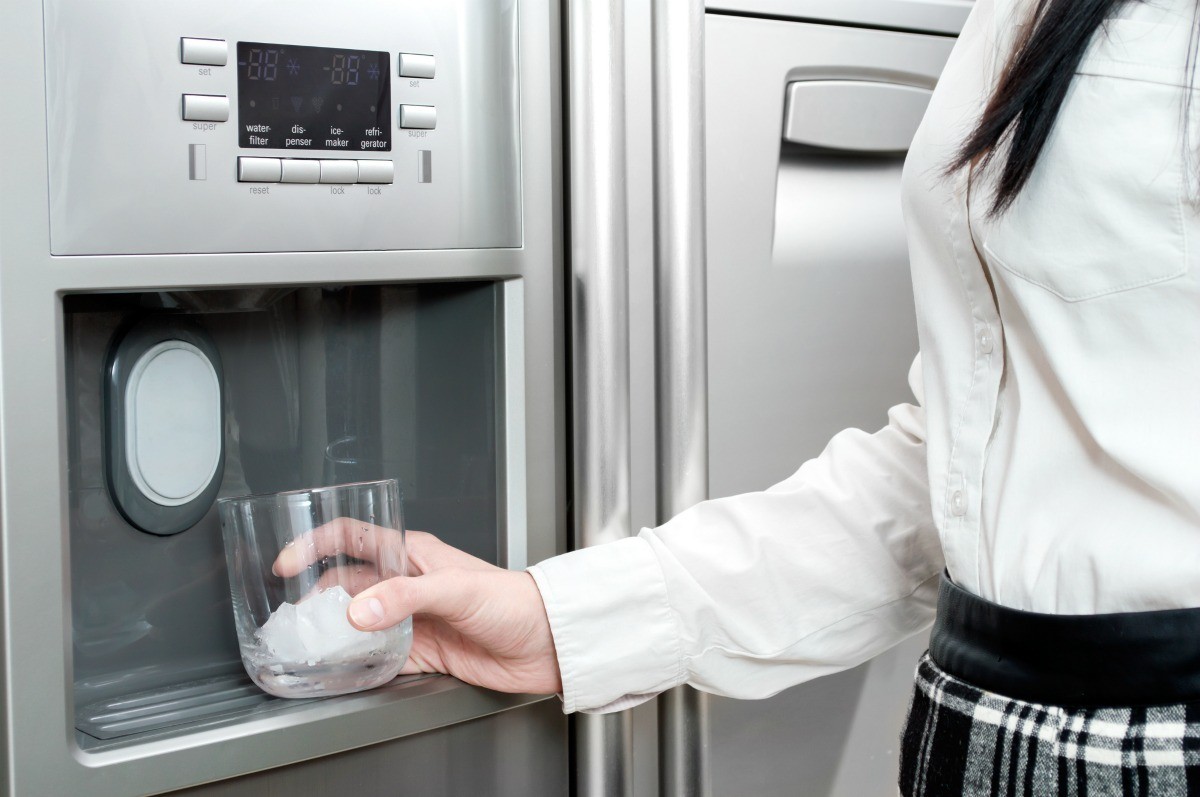
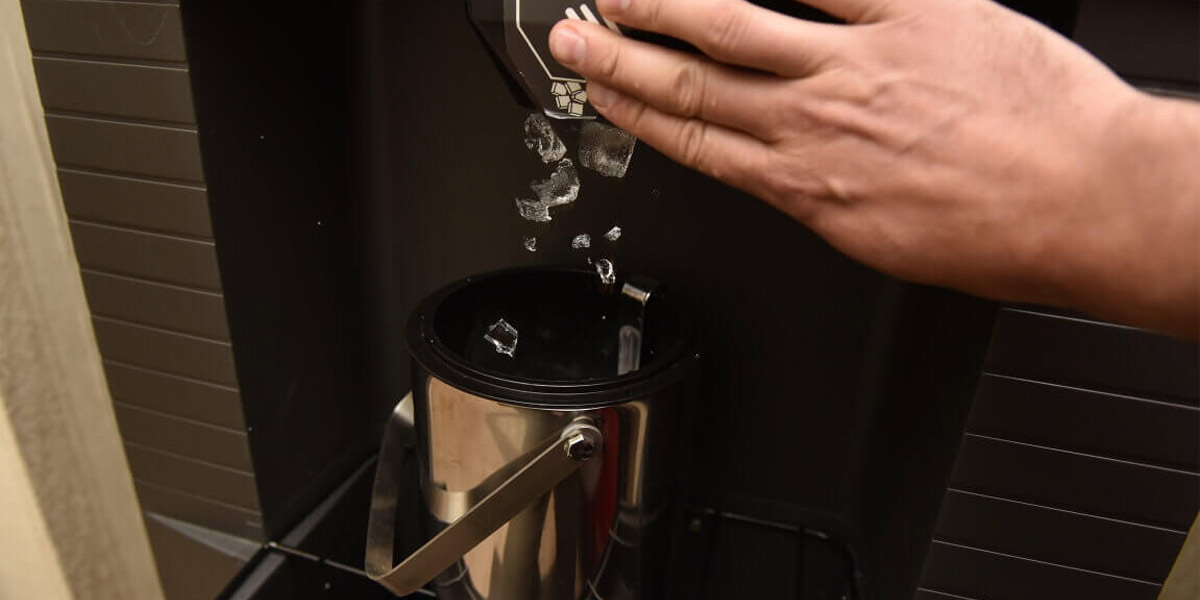
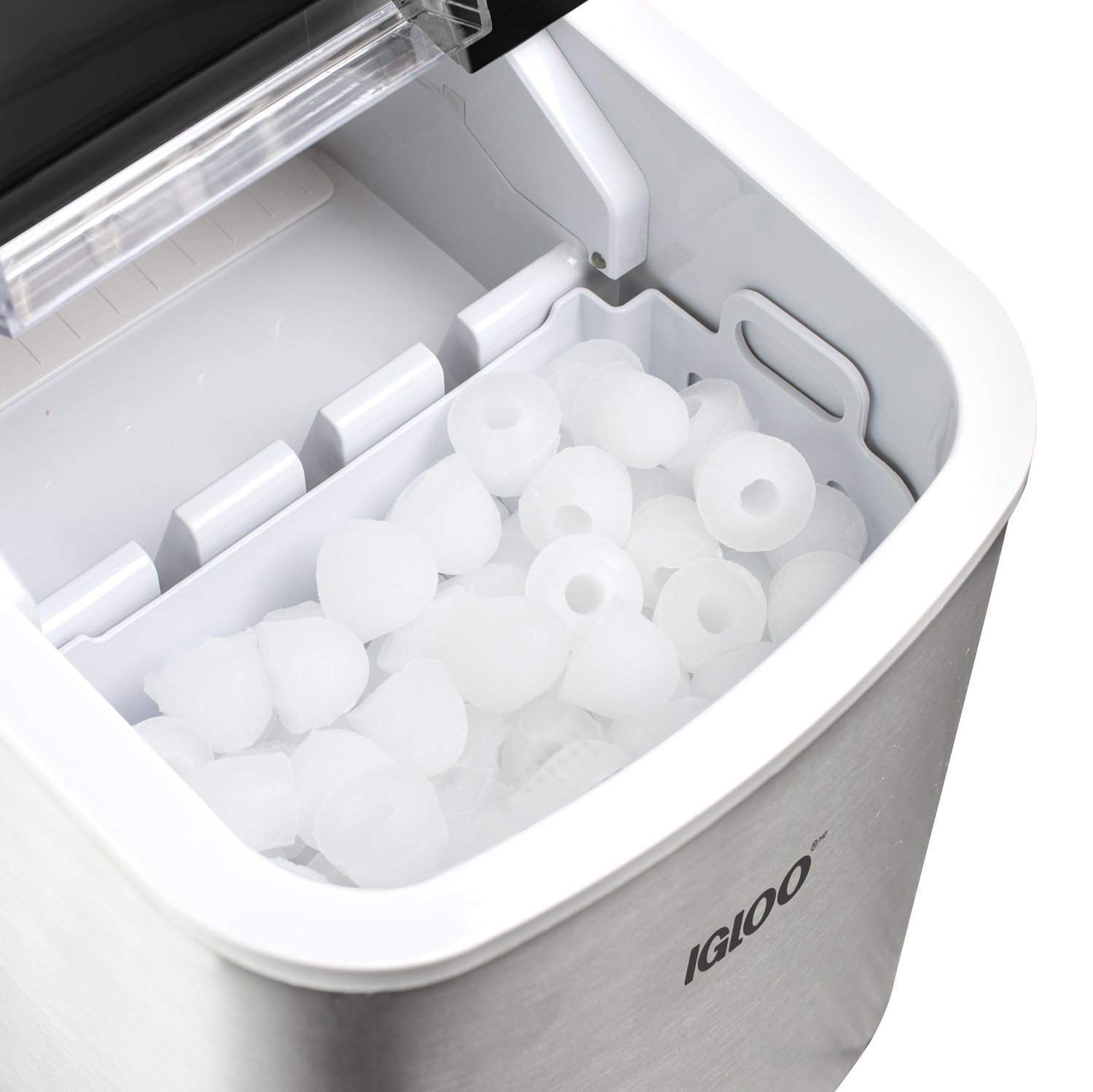
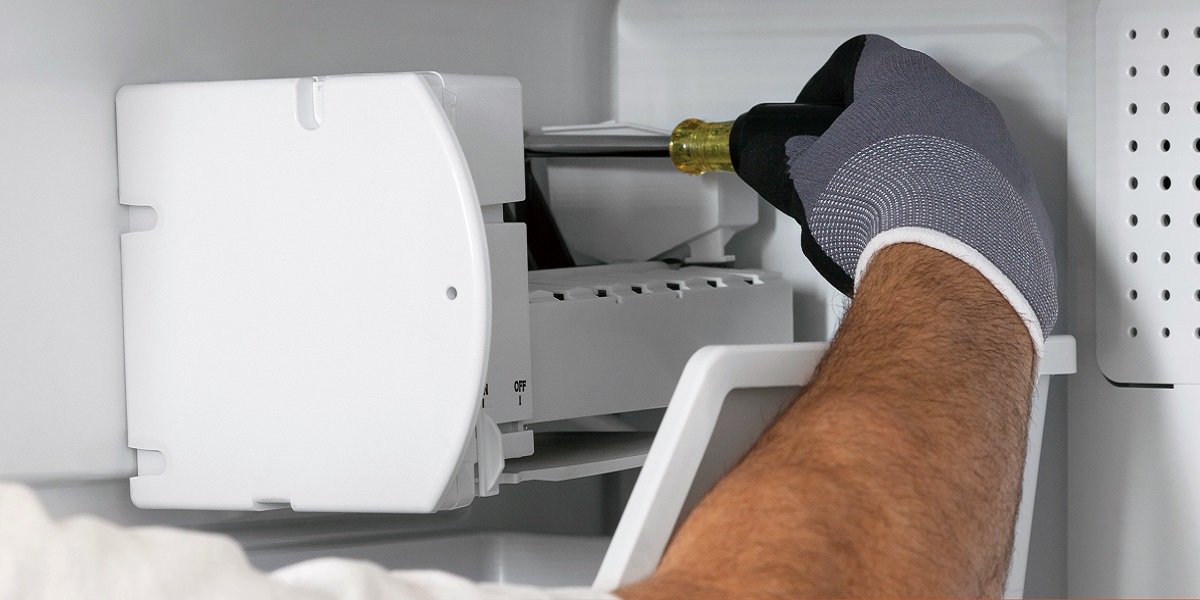
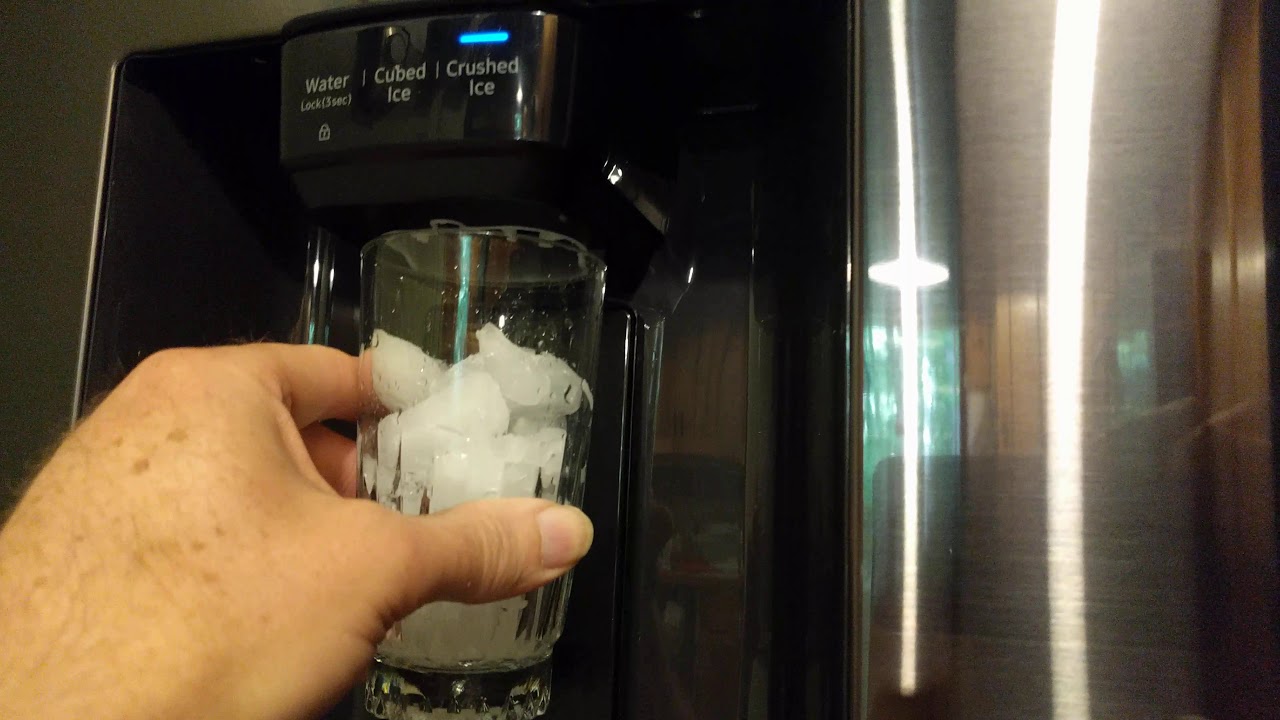
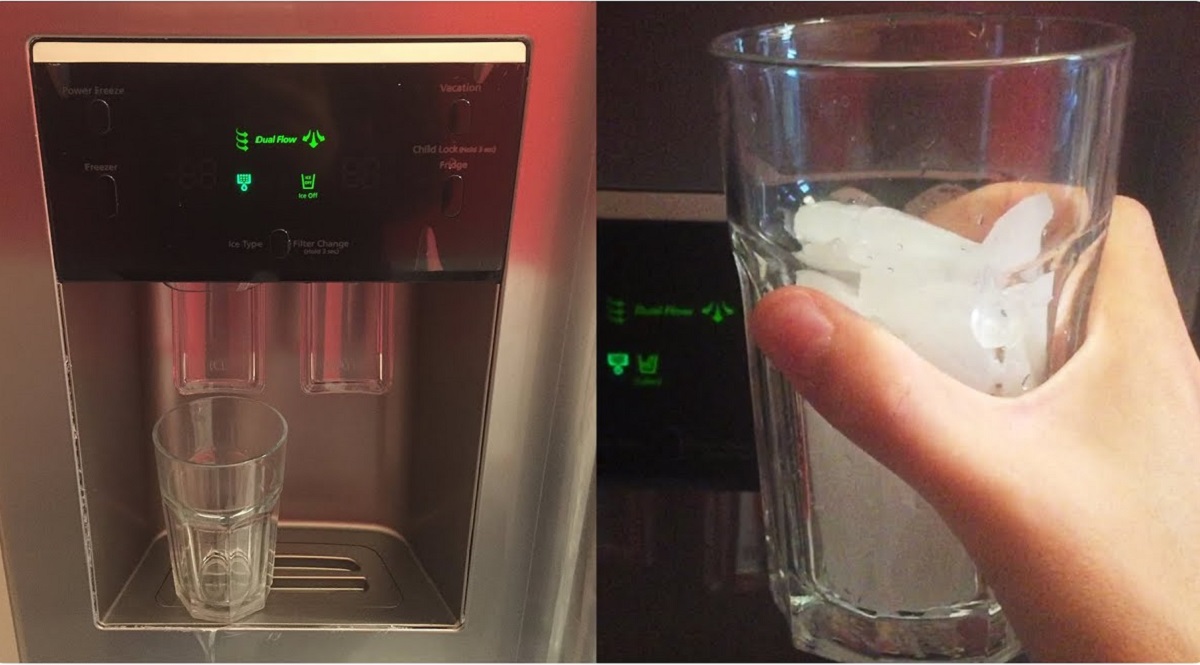
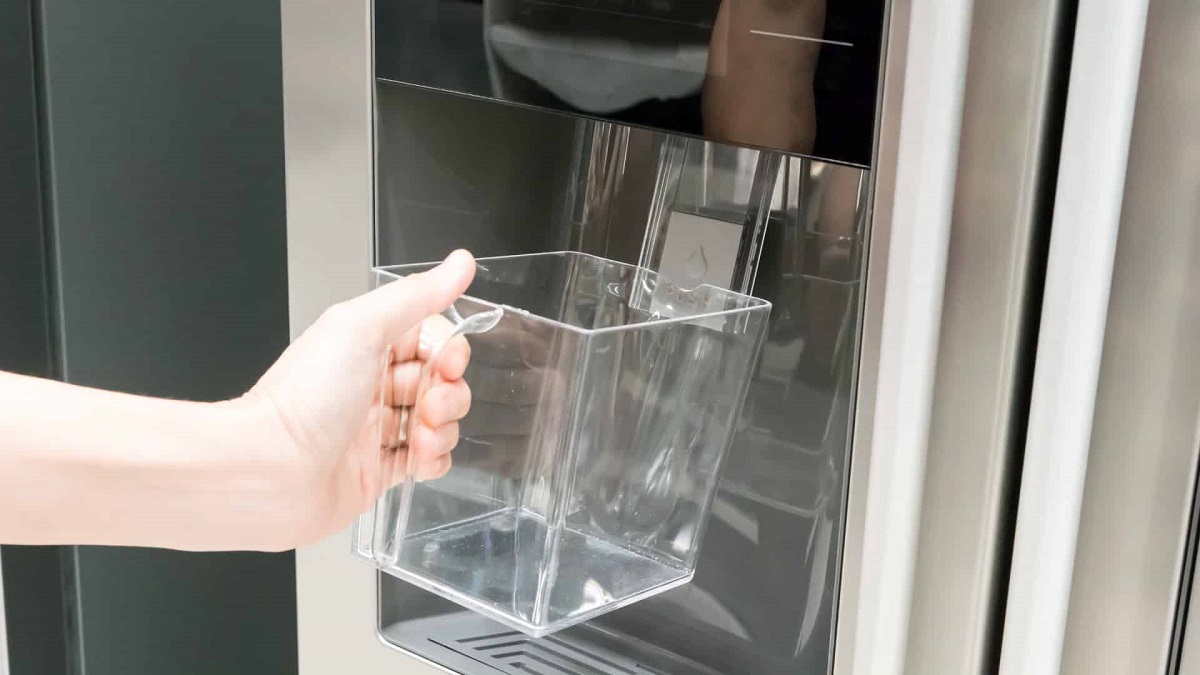
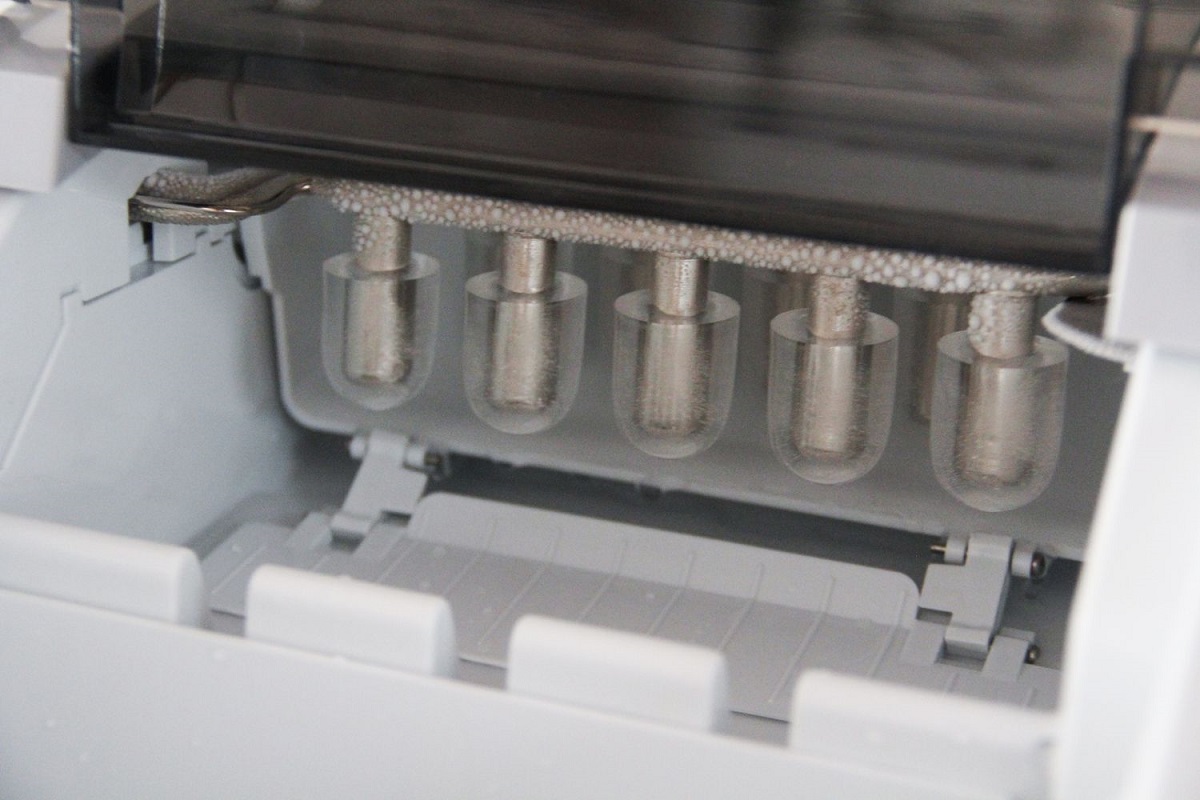
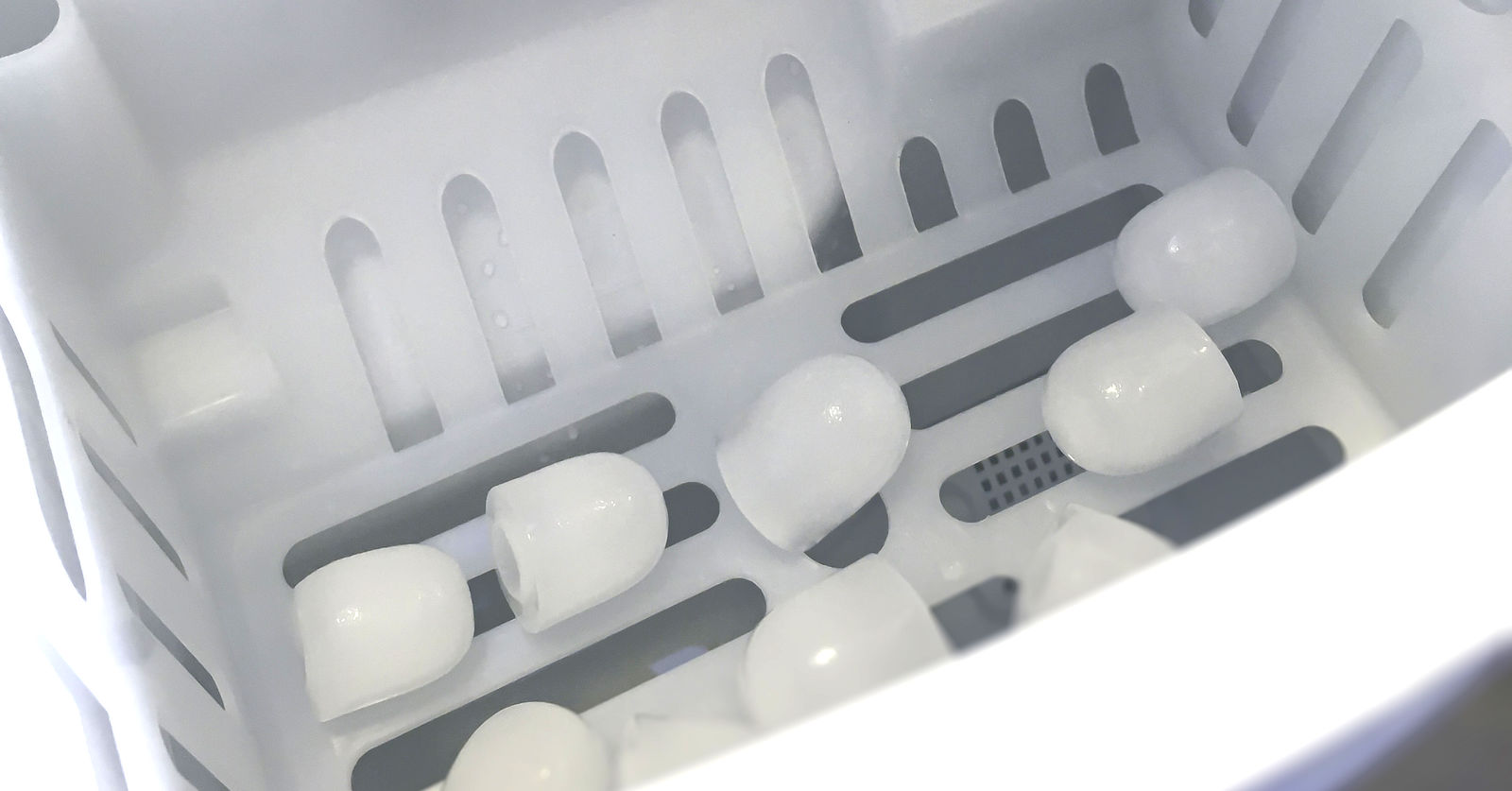
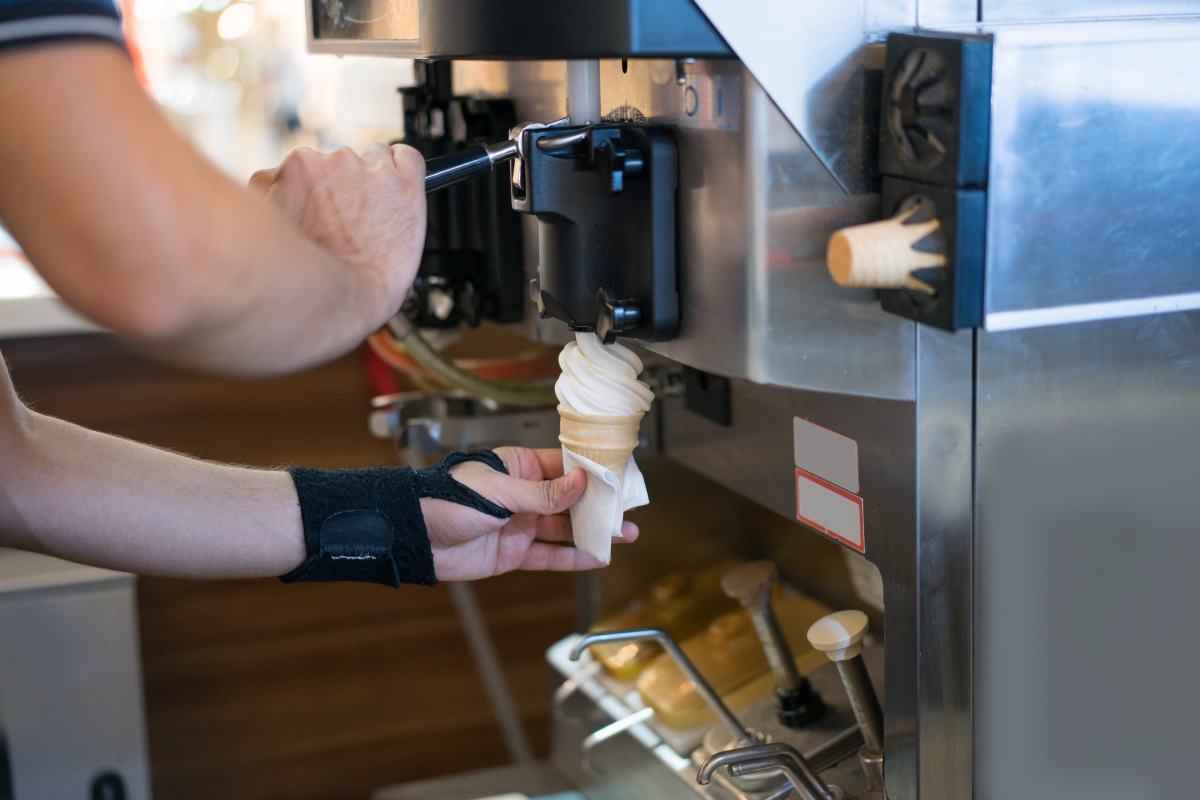
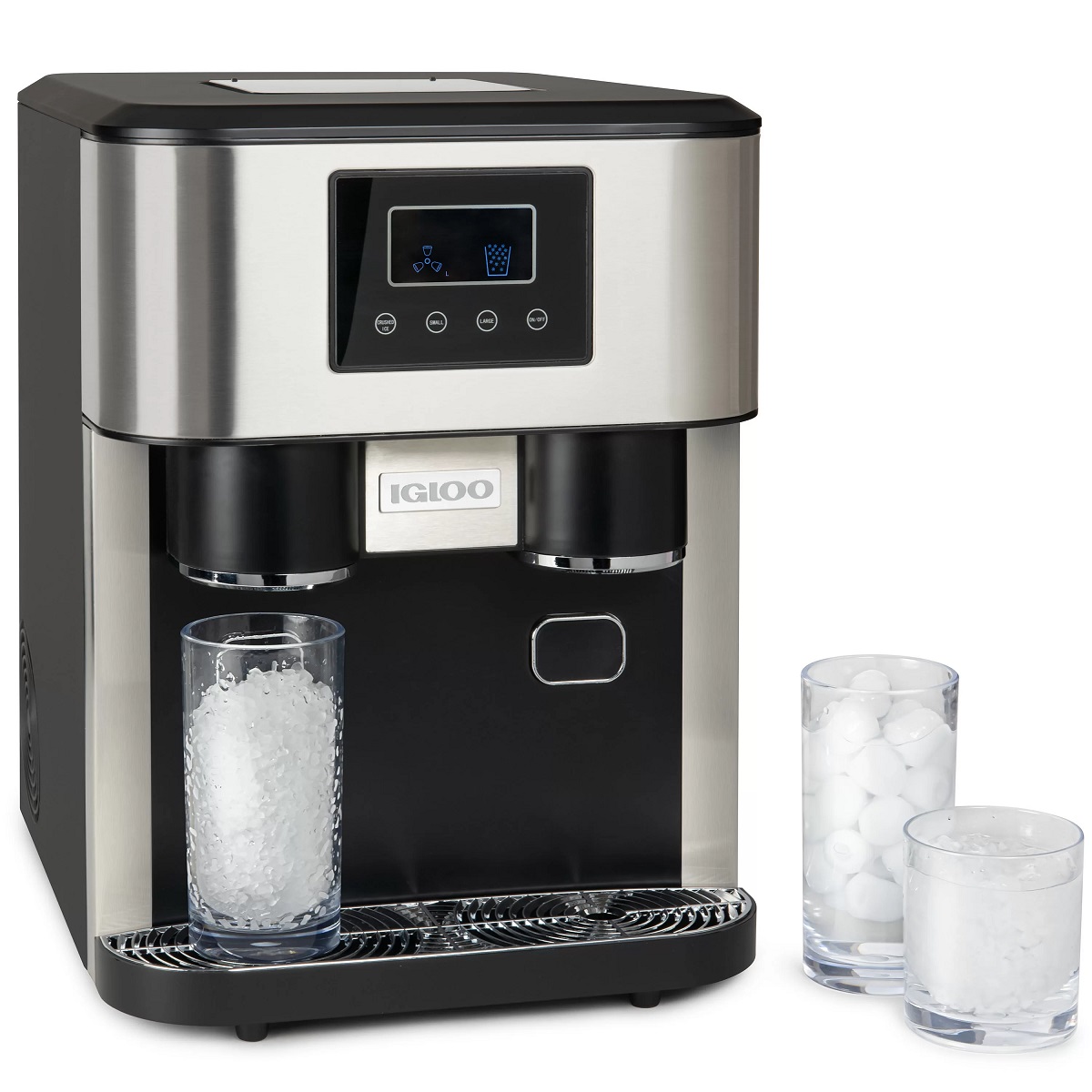
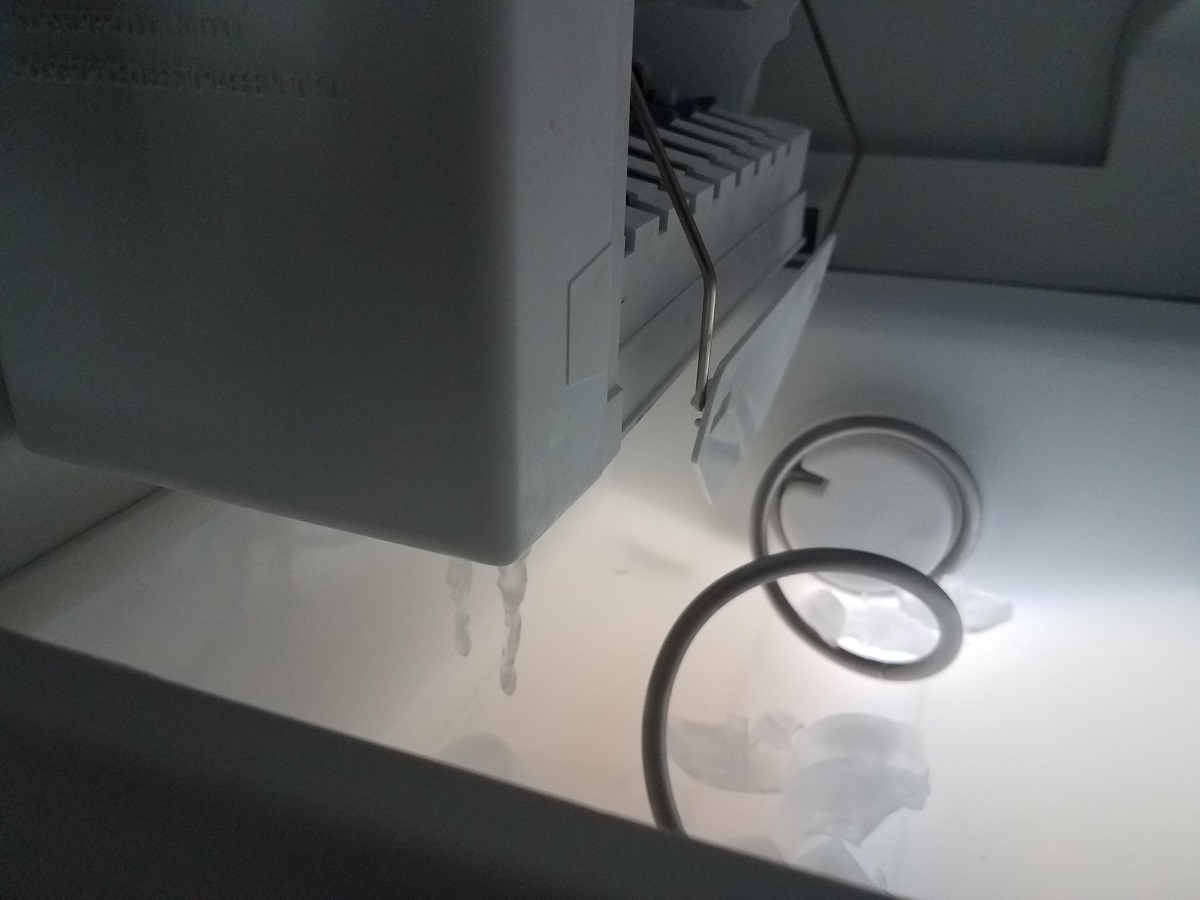

0 thoughts on “Why Is My Ice Cream Not Freezing In My Ice Cream Maker”